Biography of Freddie Mercury
Freddie Mercury, born Farrokh Bulsara, was a British singer of Persian descent. He was the lead vocalist, songwriter, and creative inspiration behind the iconic band Queen.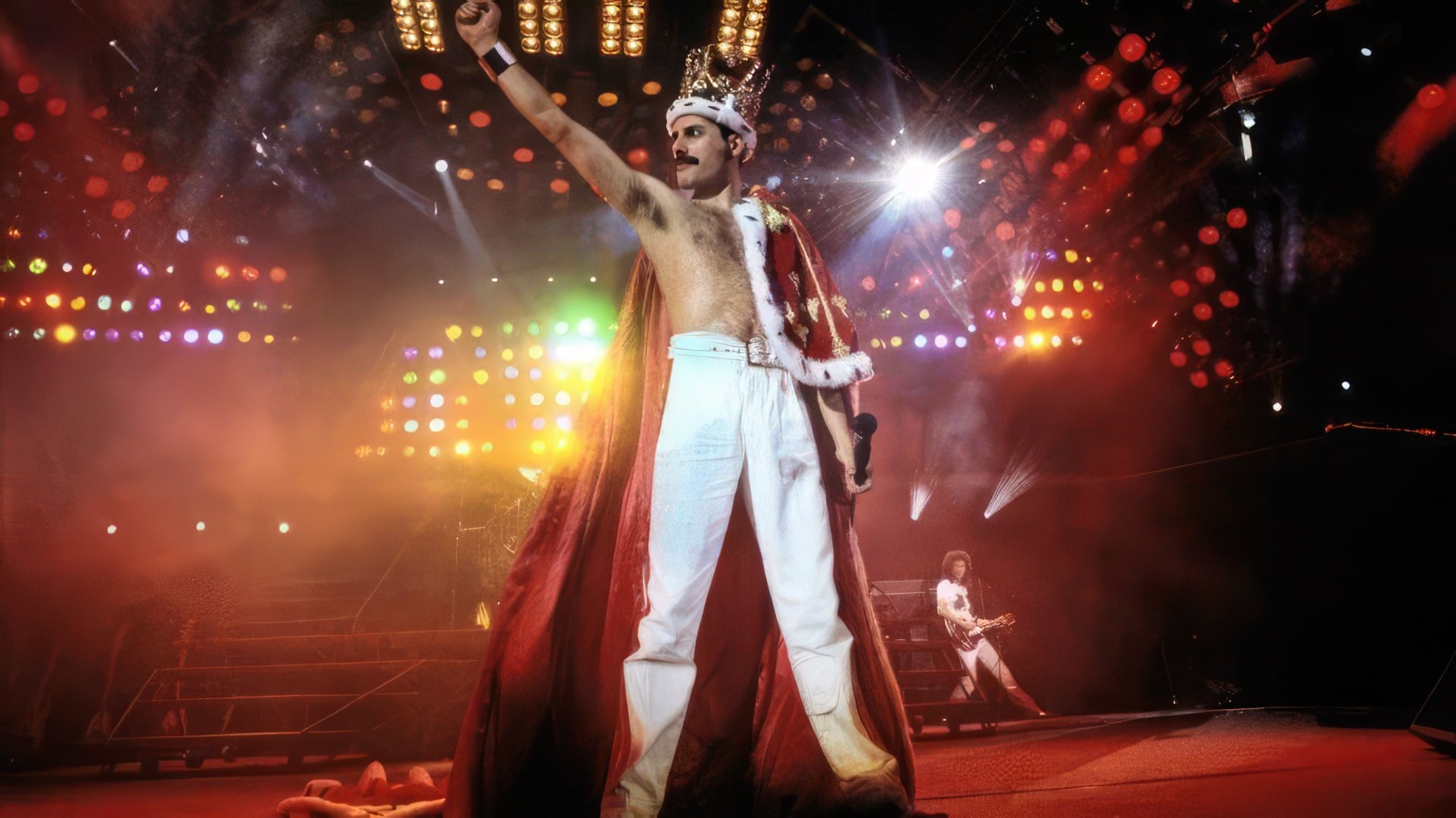
Childhood and Youth
Farrokh, which translates from Farsi as "lucky one," Bulsara was born on September 5, 1946, in Stone Town, Zanzibar. Today it's part of Tanzania, but back then Zanzibar was a "puppet" state under British protection.His father, Bomi, worked as an accountant at the Supreme Court of England and Wales and earned a good living, so the family was well off. His mother, Jer Bulsara, took care of the children: Farrokh and his sister Kashmira, who was six years younger.
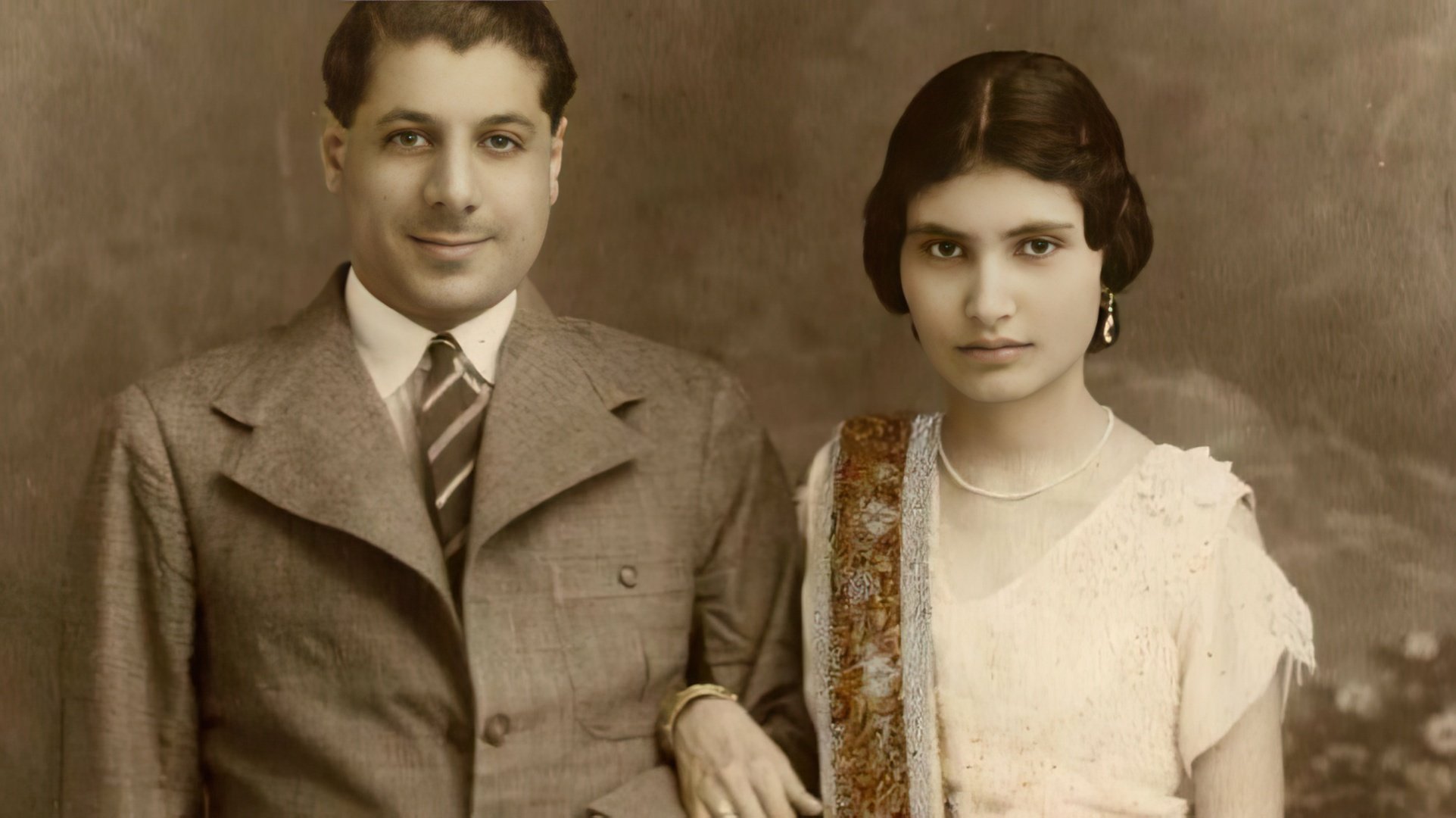
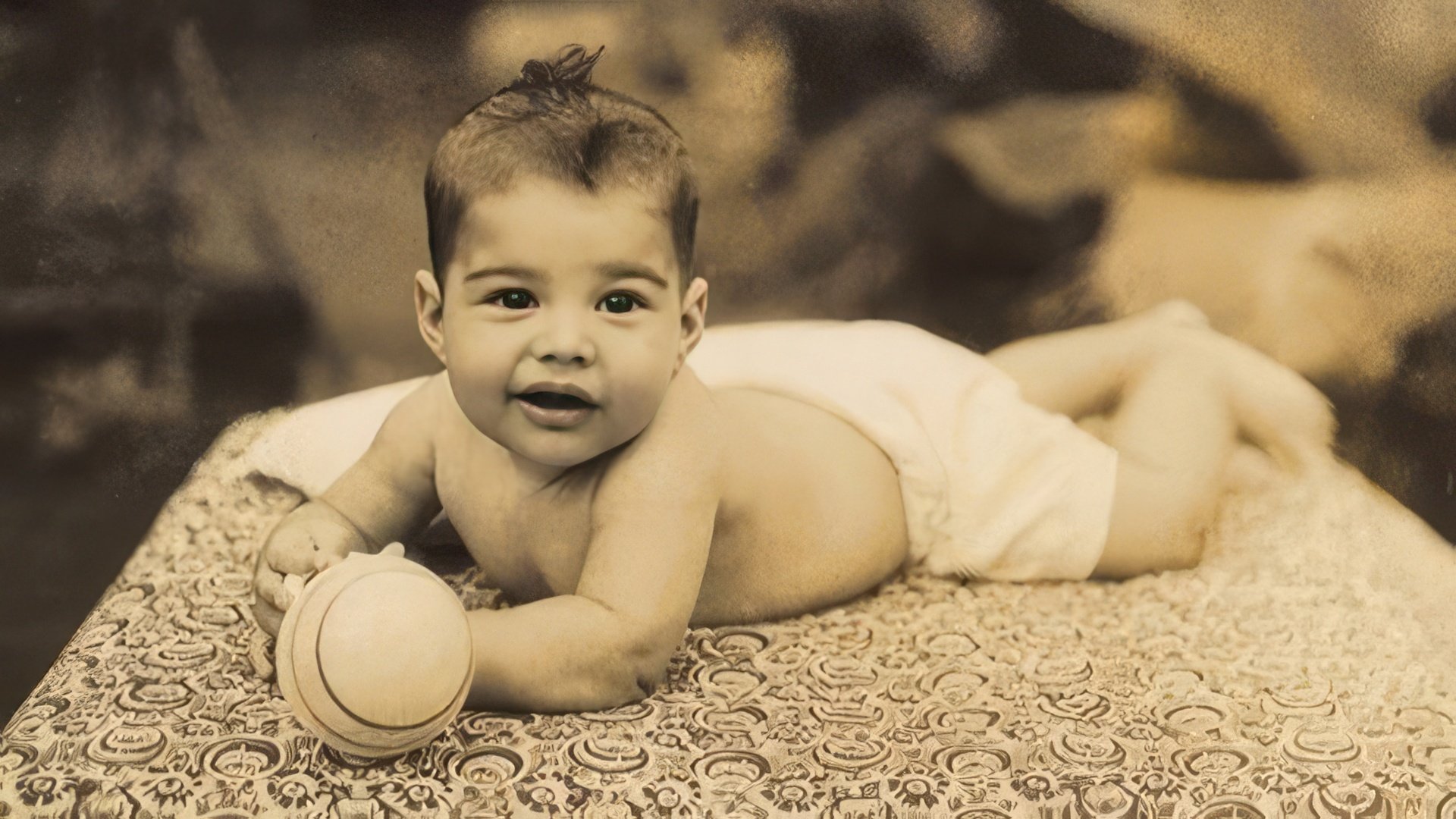
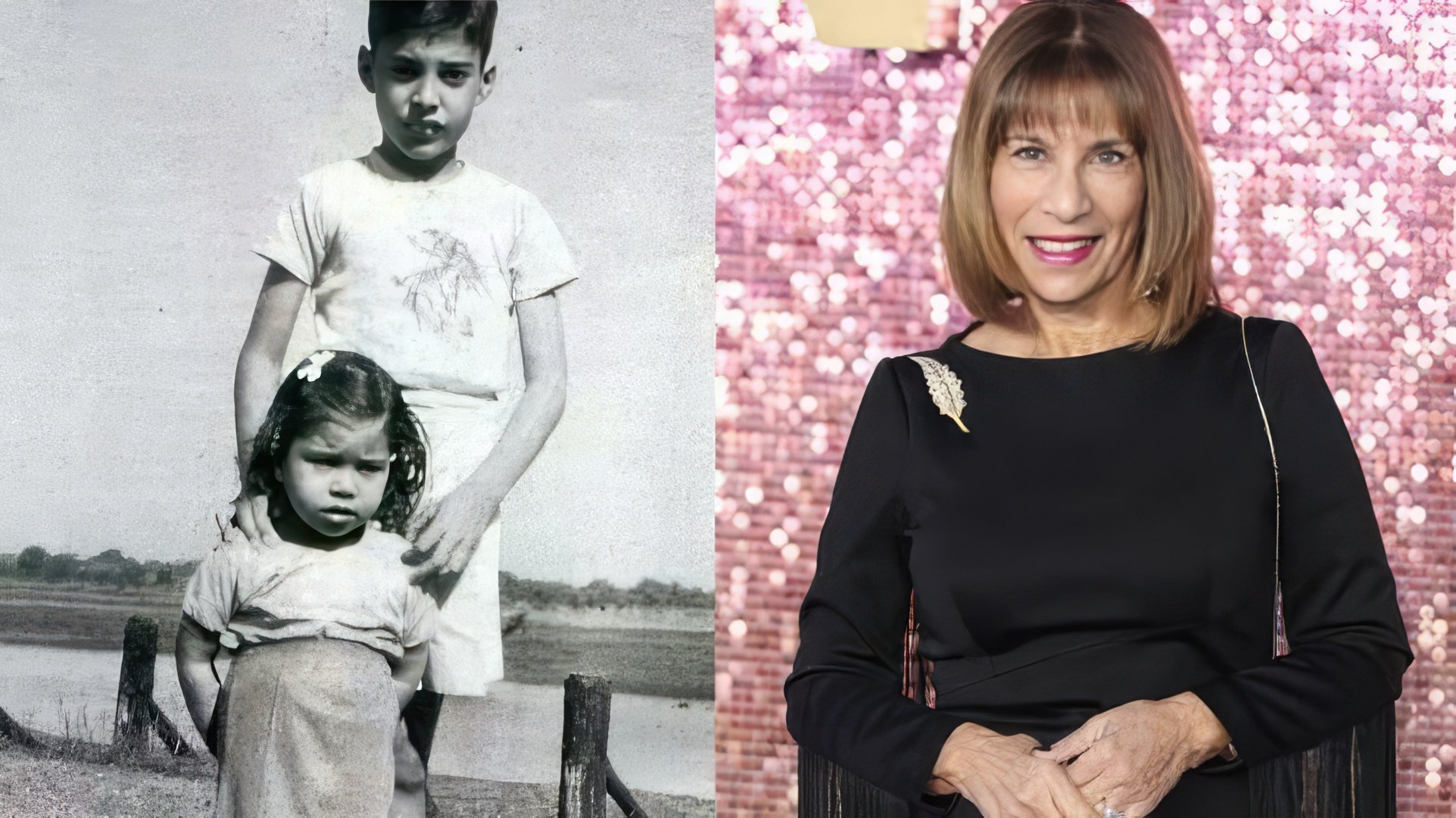
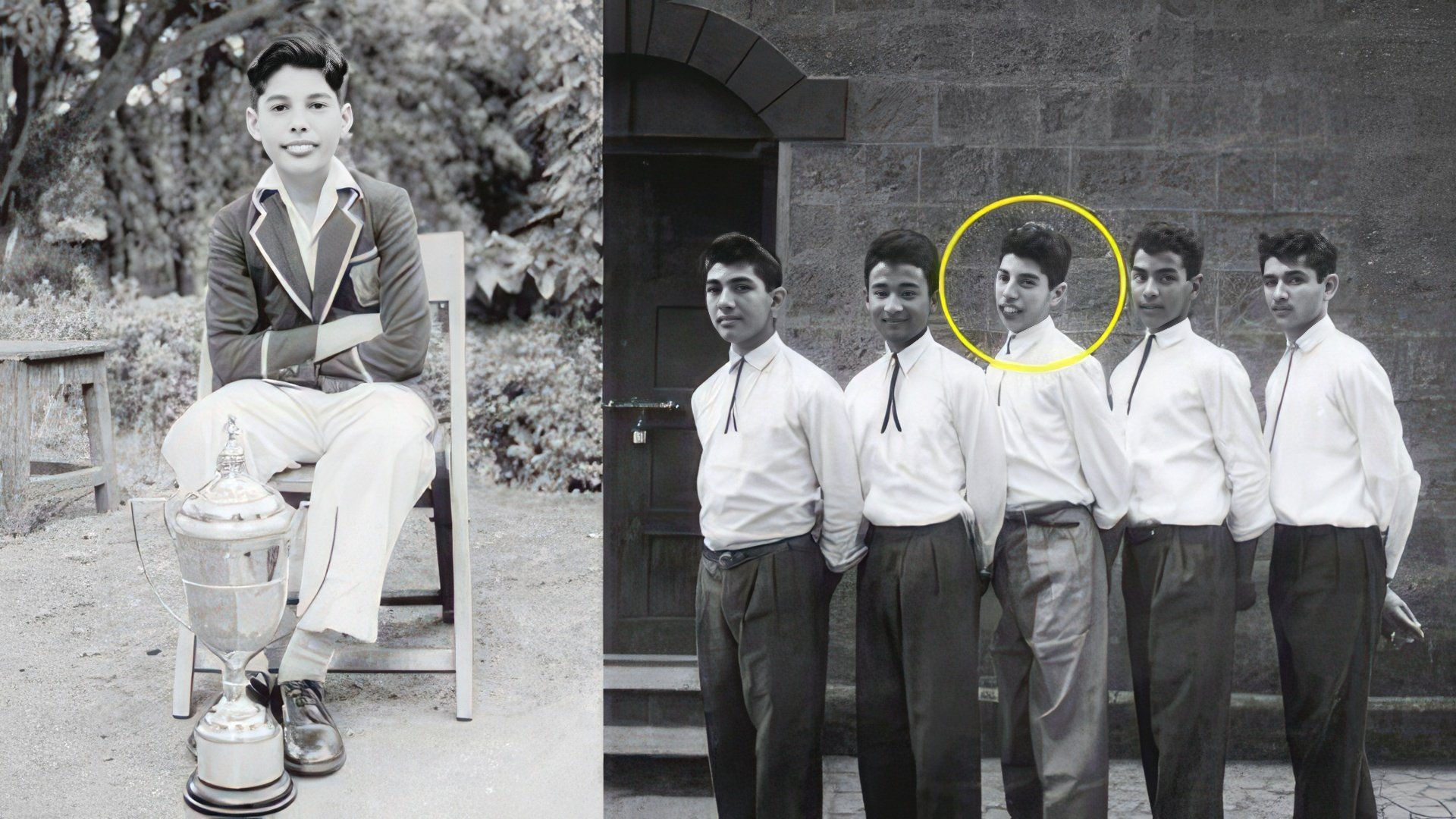
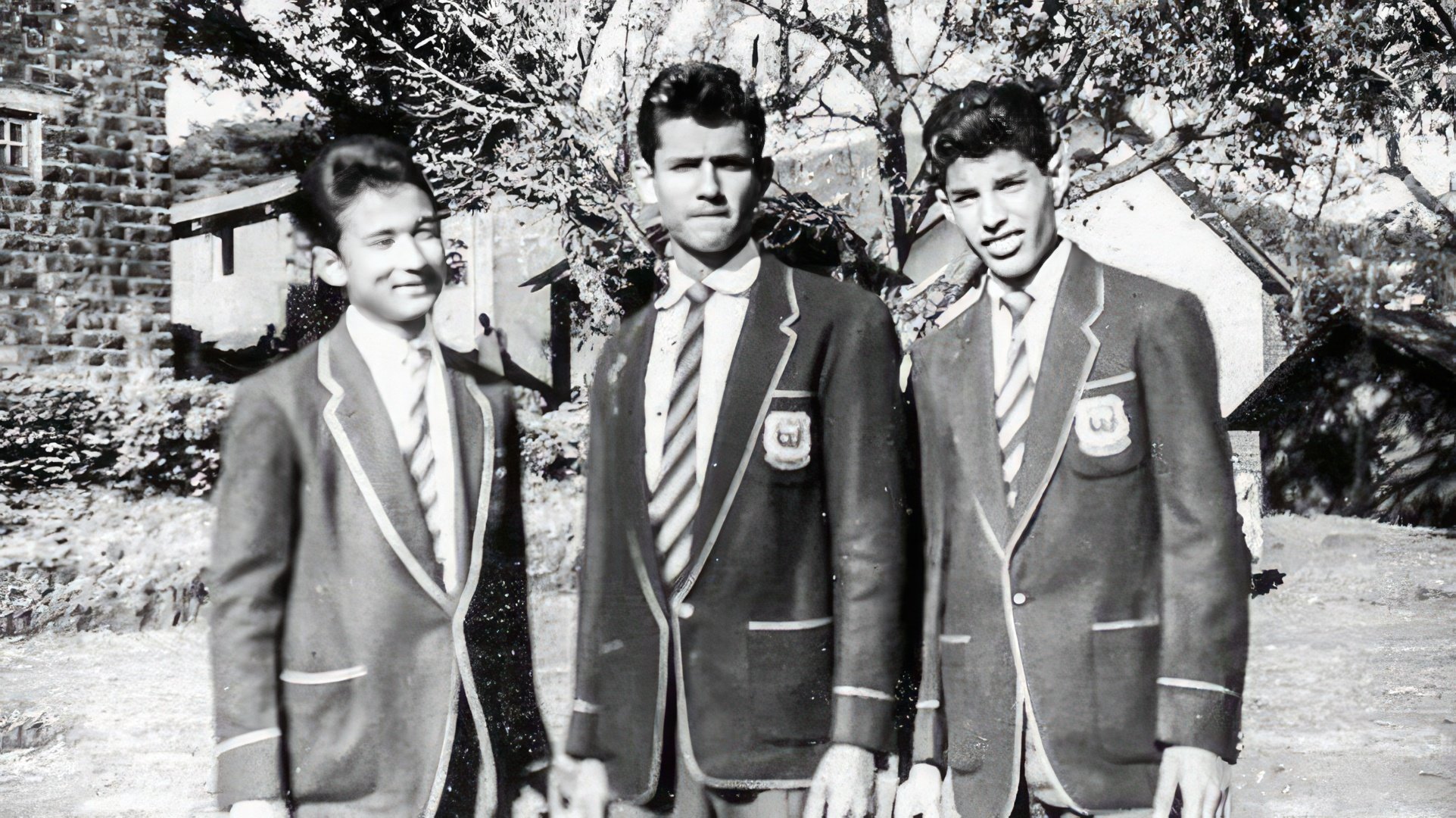
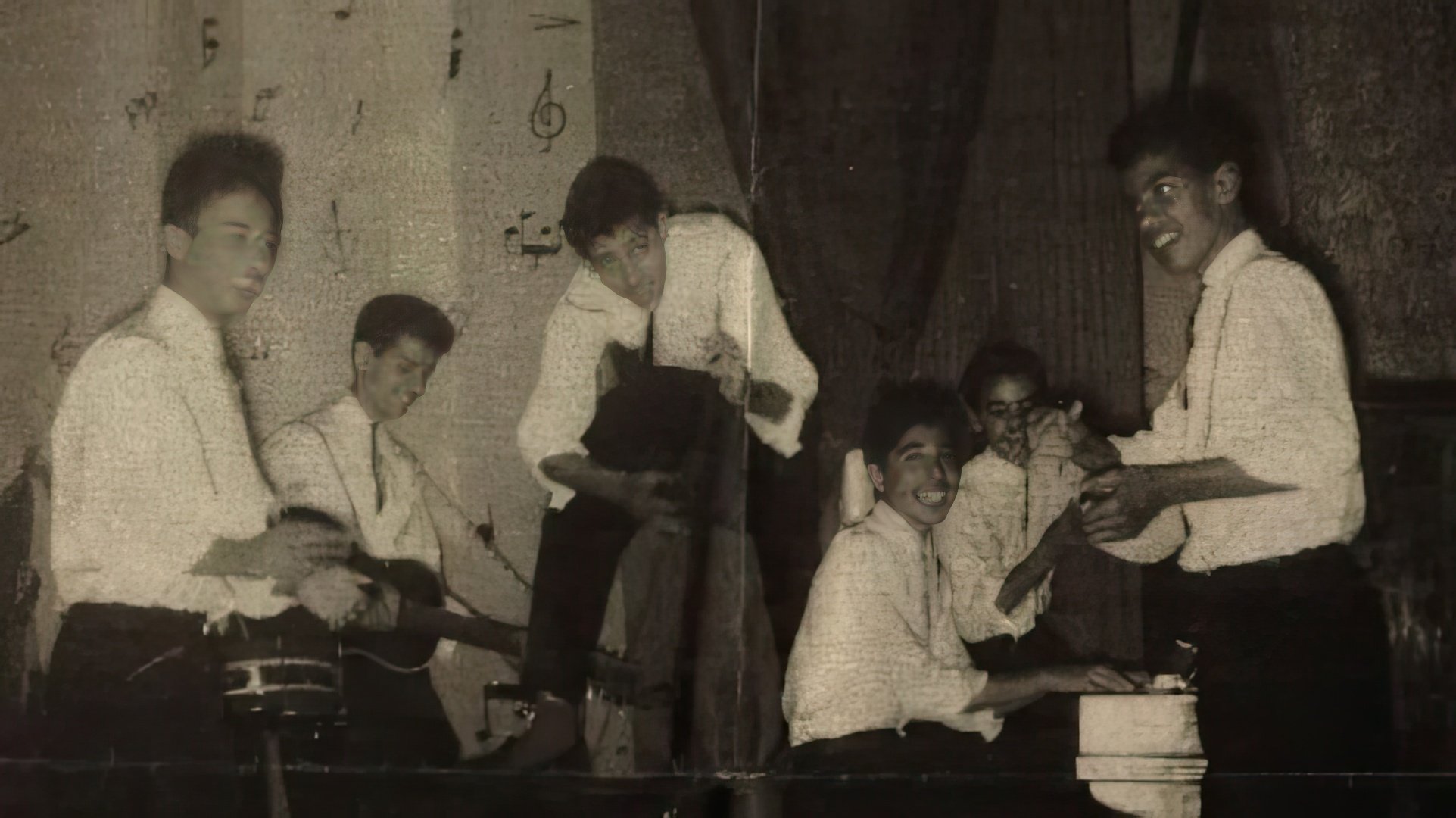
In 1963, when Farrokh was 16, Zanzibar gained independence, and the family began having problems with the local population. Bomi had a British passport, so the family, along with Farrokh, decided to move to Britain and settled in Feltham, a suburb of London.Most of Farrokh's classmates spoke English. It was difficult for them to pronounce his real name, so 'Farrokh' quickly transformed into 'Freddie''
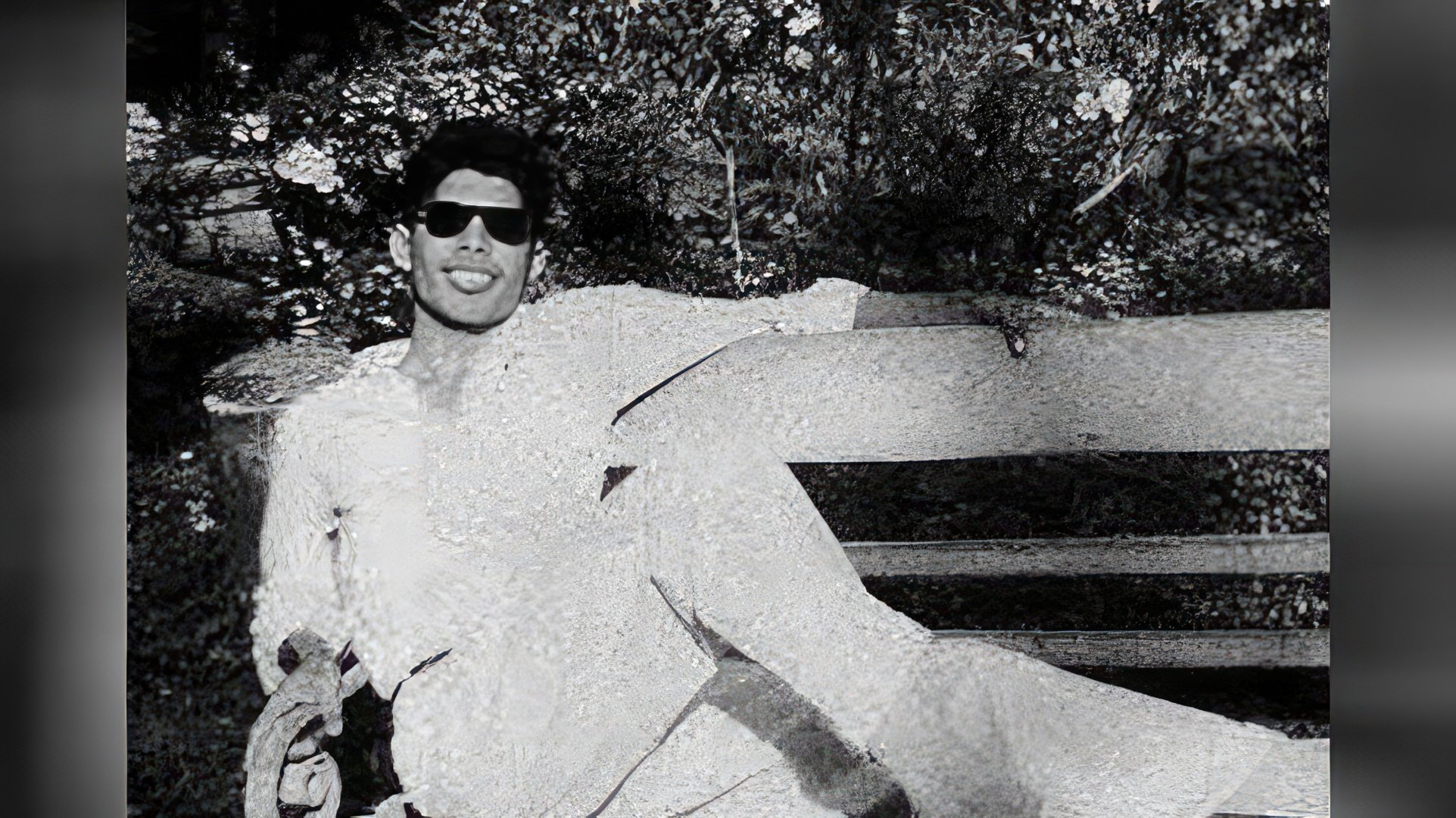
His boarding school years had made Farrokh fiercely independent, so he didn't feel like he needed to check in with his parents when he'd hit the nightclub scene and roll home at dawn.
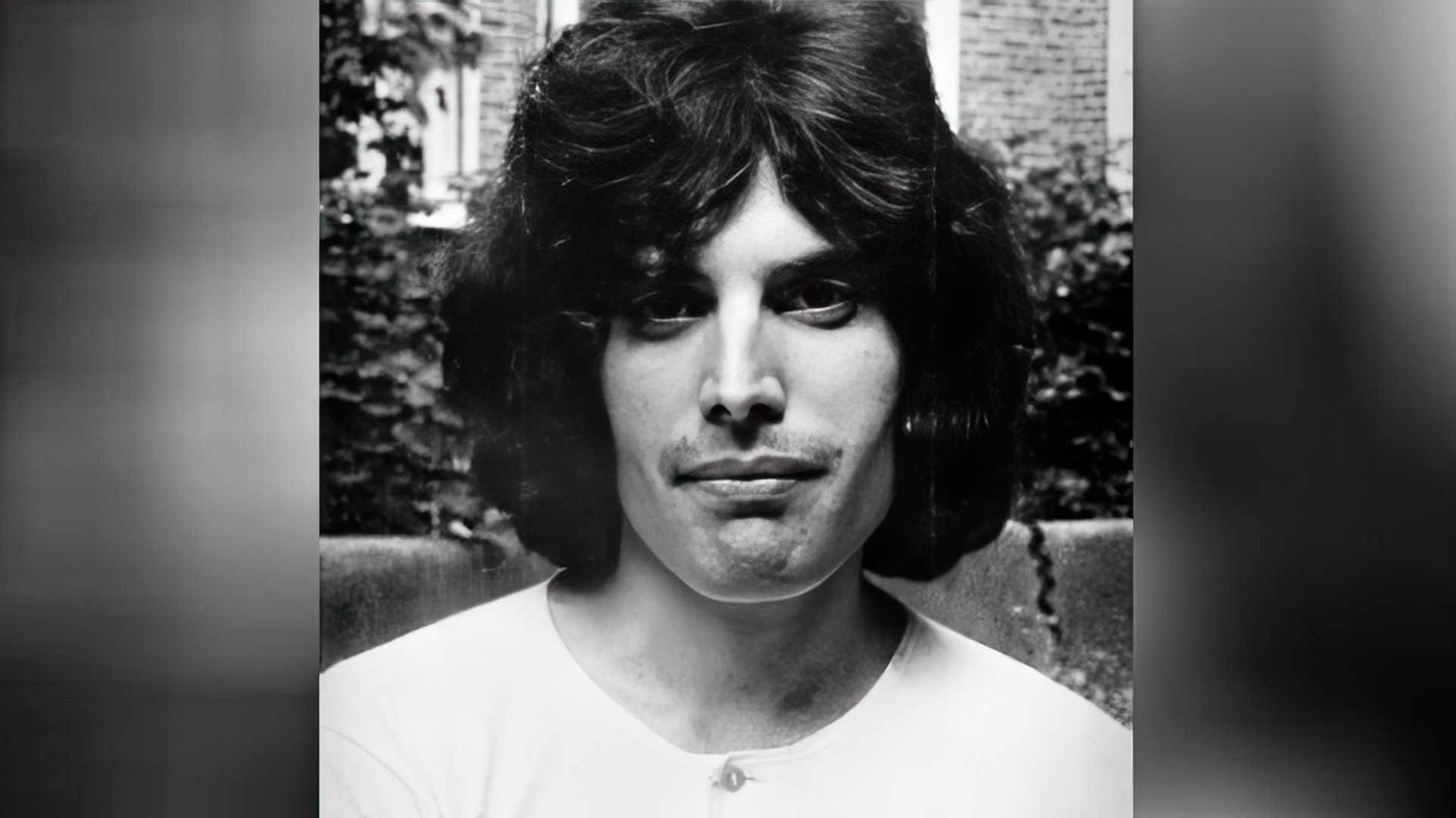
After getting his diploma (which he didn't even want), having sewn together two women's coats for graduation, Freddie decided to rent a London apartment – he was desperate for freedom, plus a neighbor had threatened to sue him if he didn't quit blasting his guitar and cranking records at full volume.Many think I have a terrible character. But I like to be ambiguous and surround myself with complex, conflicting brats. I would be bored in the company of impeccable people.
Early Steps to Fame
As his studies wrapped up, Freddie connected with Liverpool band Ibex. Just 10 days after meeting them, Mercury had already mastered their entire setlist, thrown in some of his own songs, and hit his first-ever gig at a blues festival in Bolton. Despite nailing that show and several others, the band quickly fell apart when members headed back to school.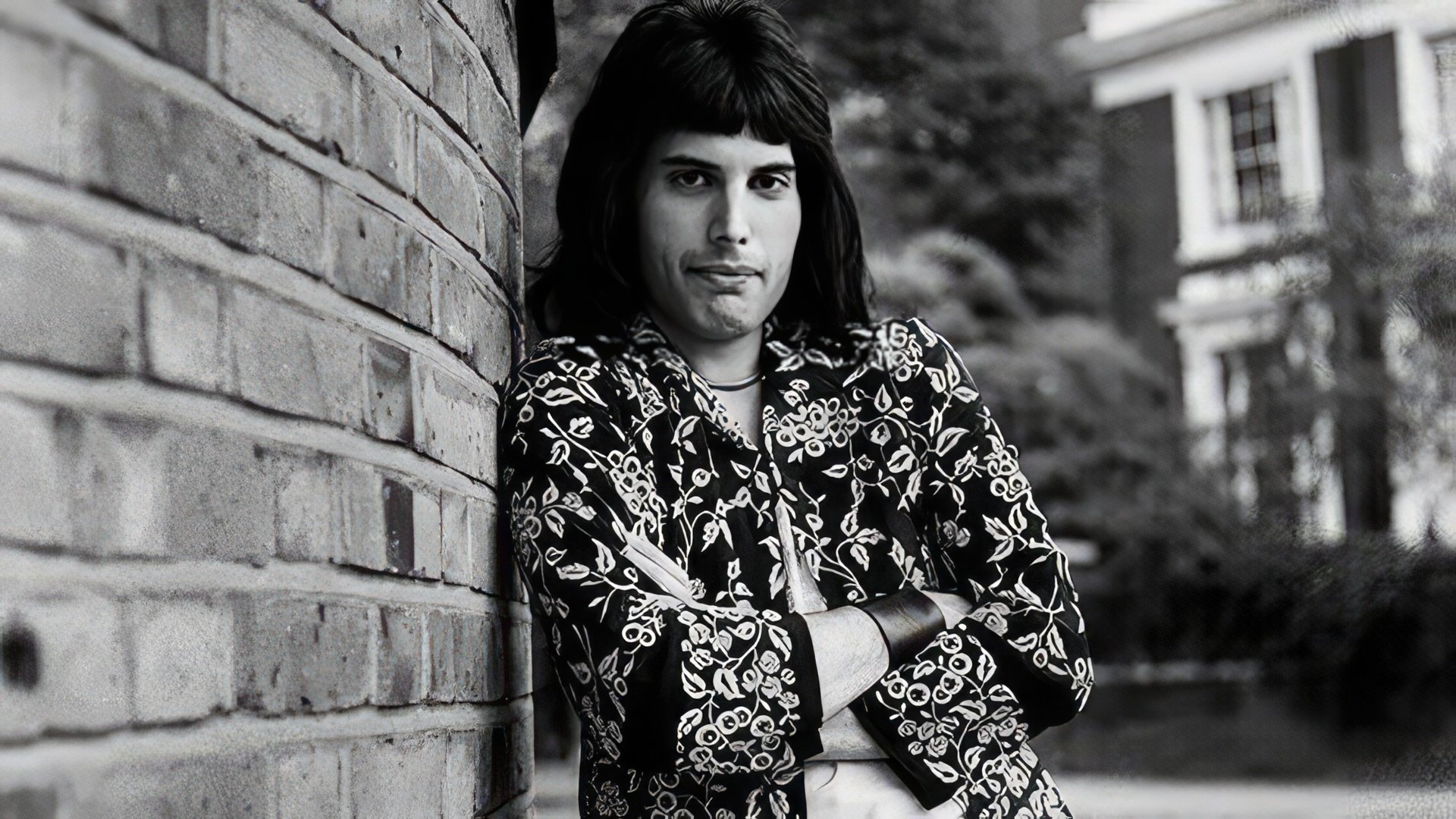
But Taylor and May quickly found Tim's replacement. They knew his roommate well, and once they discovered he had serious vocal chops to go with his charm and musical talent, they didn't hesitate to ask him to join. At Freddie's suggestion, they renamed themselves Queen. When bassist John Deacon joined them in 1971, the legendary band's incredible 20-year journey officially began.
Queen
Once the band formed, Mercury designed their iconic emblem, drawing from the UK's coat of arms and incorporating each member's zodiac sign: two lions, a crab, and a virgin.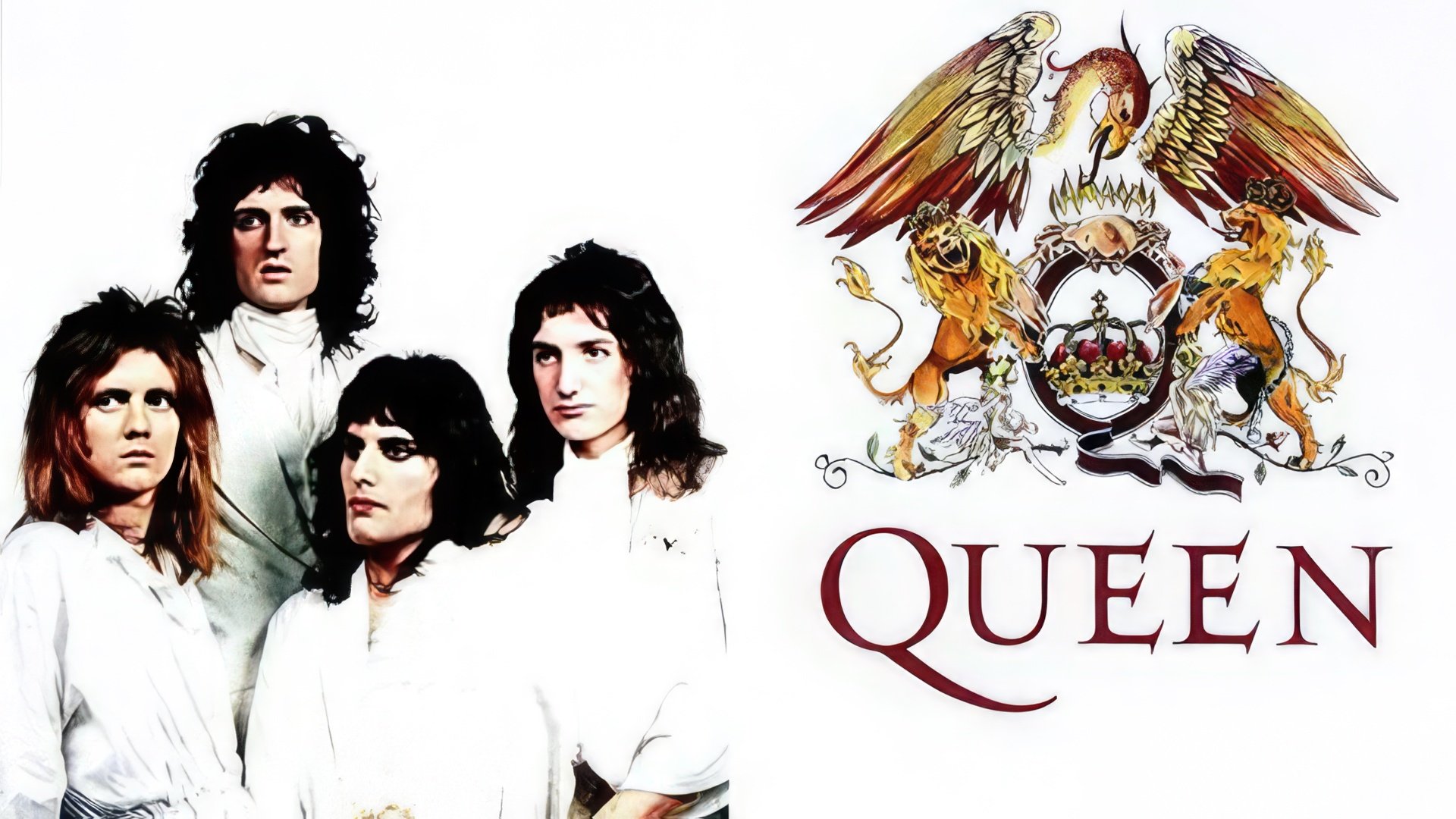
That same year, the band dropped their debut album "Trident," which took off immediately. Their polished stadium rock and genre-hopping versatility captivated audiences, earning Beatles comparisons.
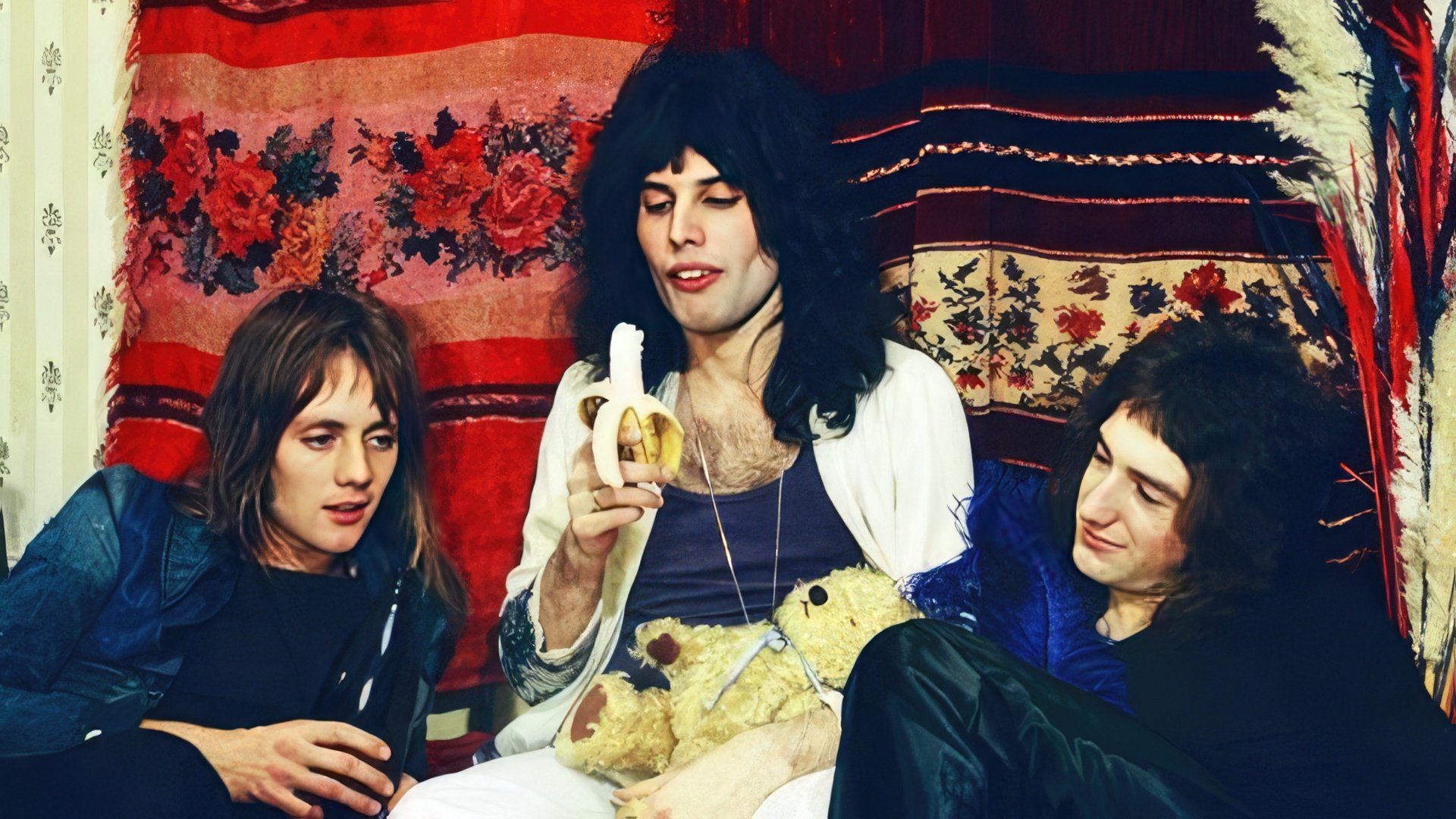
Freddy Mercury's Personal Life
Freddie Mercury's romantic life was just as captivating as his legendary stage presence. He defied simple labels – his romantic relationships included both men and women. He was magnetic and had an undeniable charm that drew people to him.In the early '70s, Freddie began a long-term relationship with Mary Austin, whom he met through bandmate Brian May. Mary managed a cosmetics store while Freddie sold clothing at a market stall with Taylor.
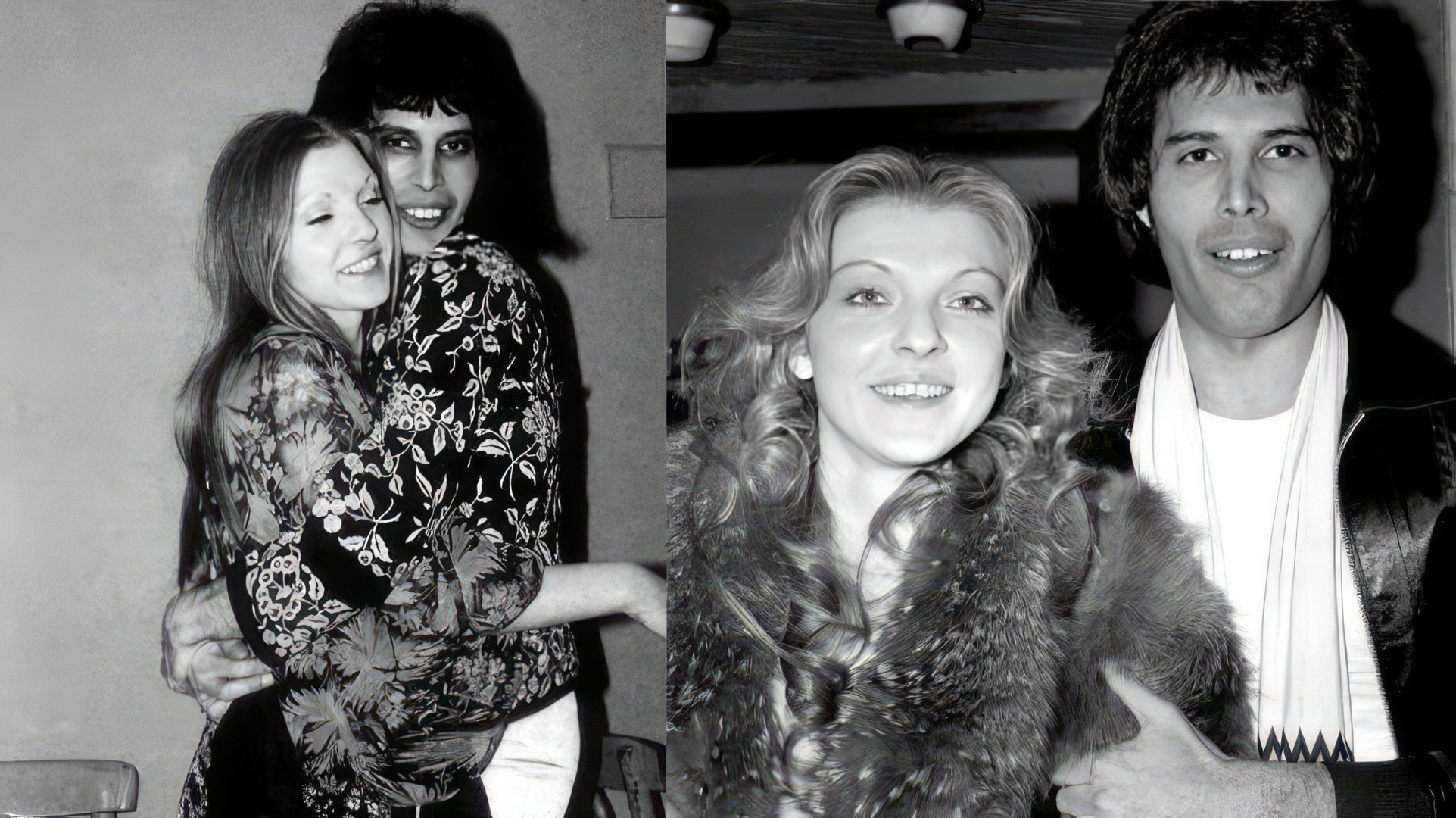
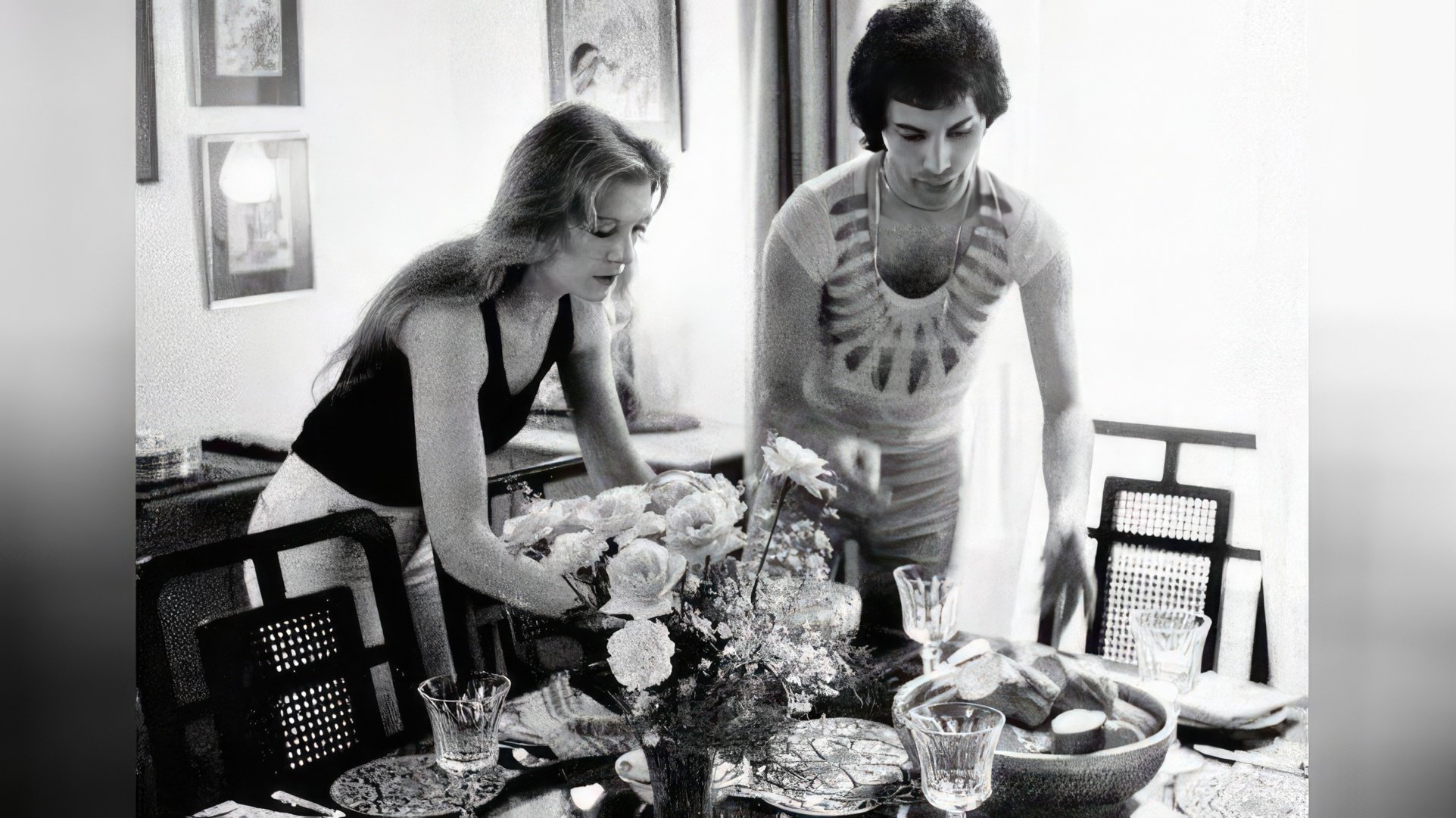
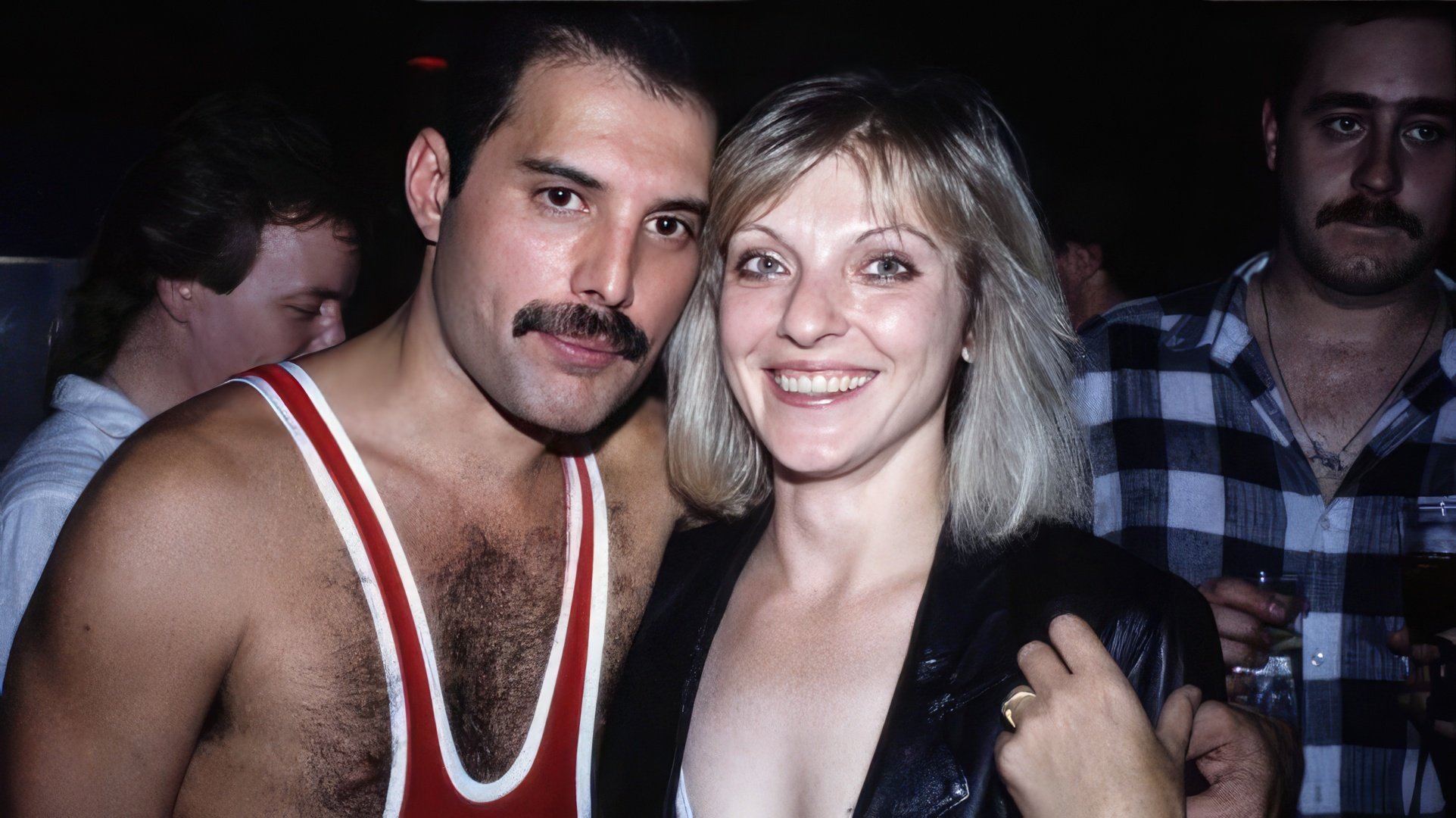
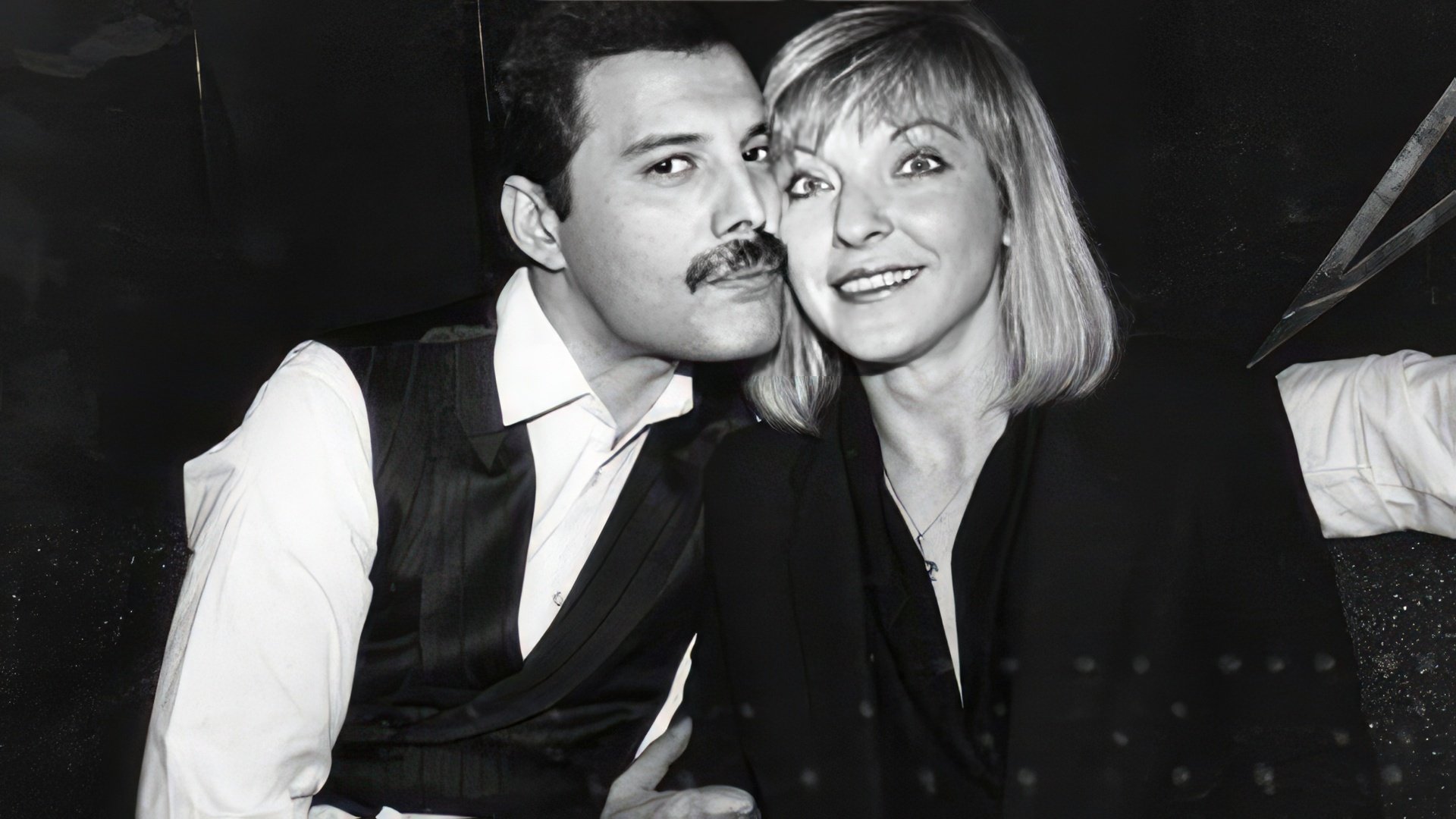
In 1985, Freddie began a relationship with hairdresser Jim Hutton that lasted until his death. Hutton cared for Mercury during his final days and later wrote a book called "Mercury and Me."Freddie often said he'd always love Mary and that under different circumstances, she would've been his wife. He left most of his $28 million fortune to her.
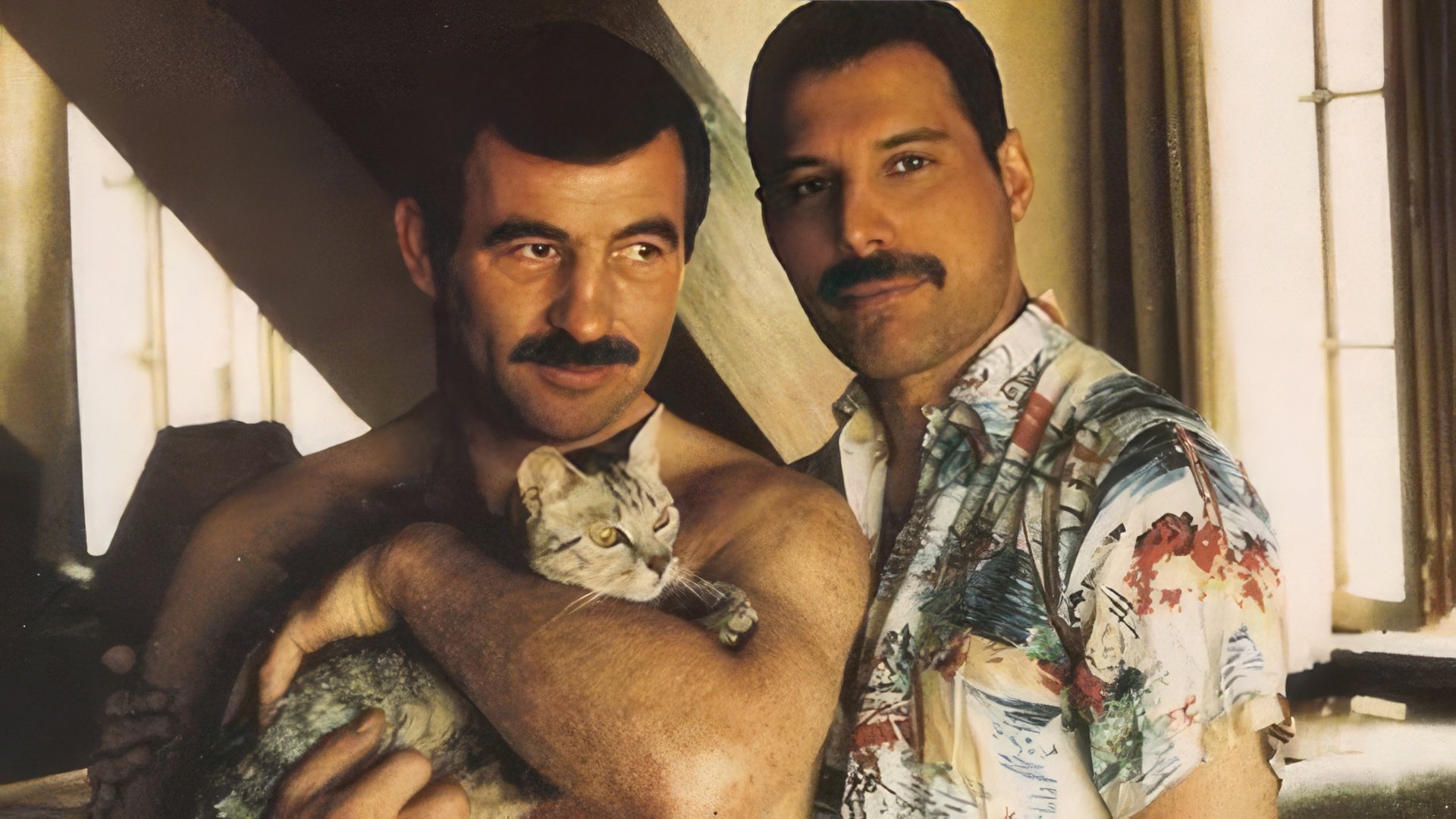
The Final Years
In 1986, rumors about his battle with AIDS began to surface. The band members consistently denied them, but a day before his death, Mercury made an official statement confirming he had HIV.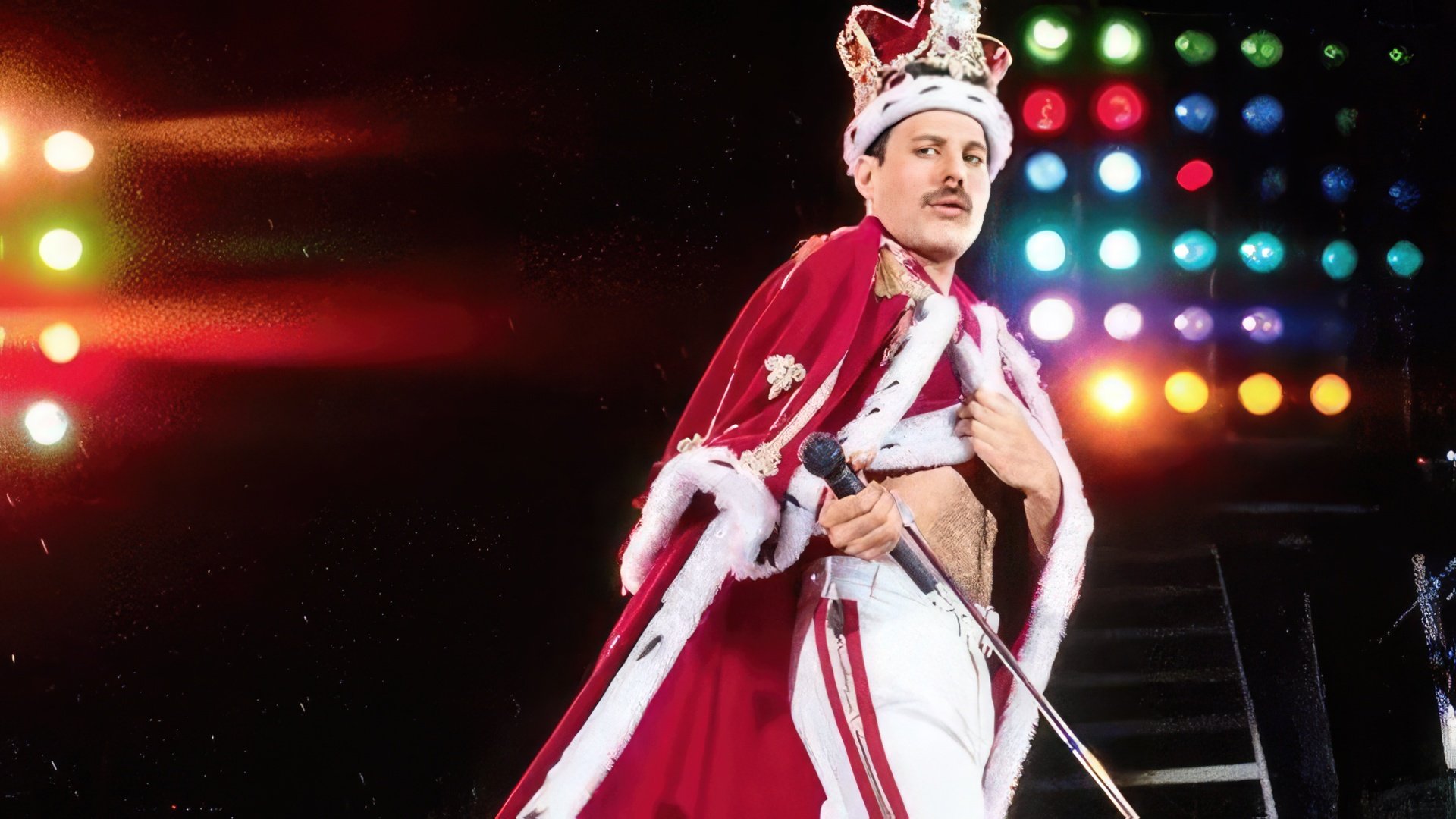
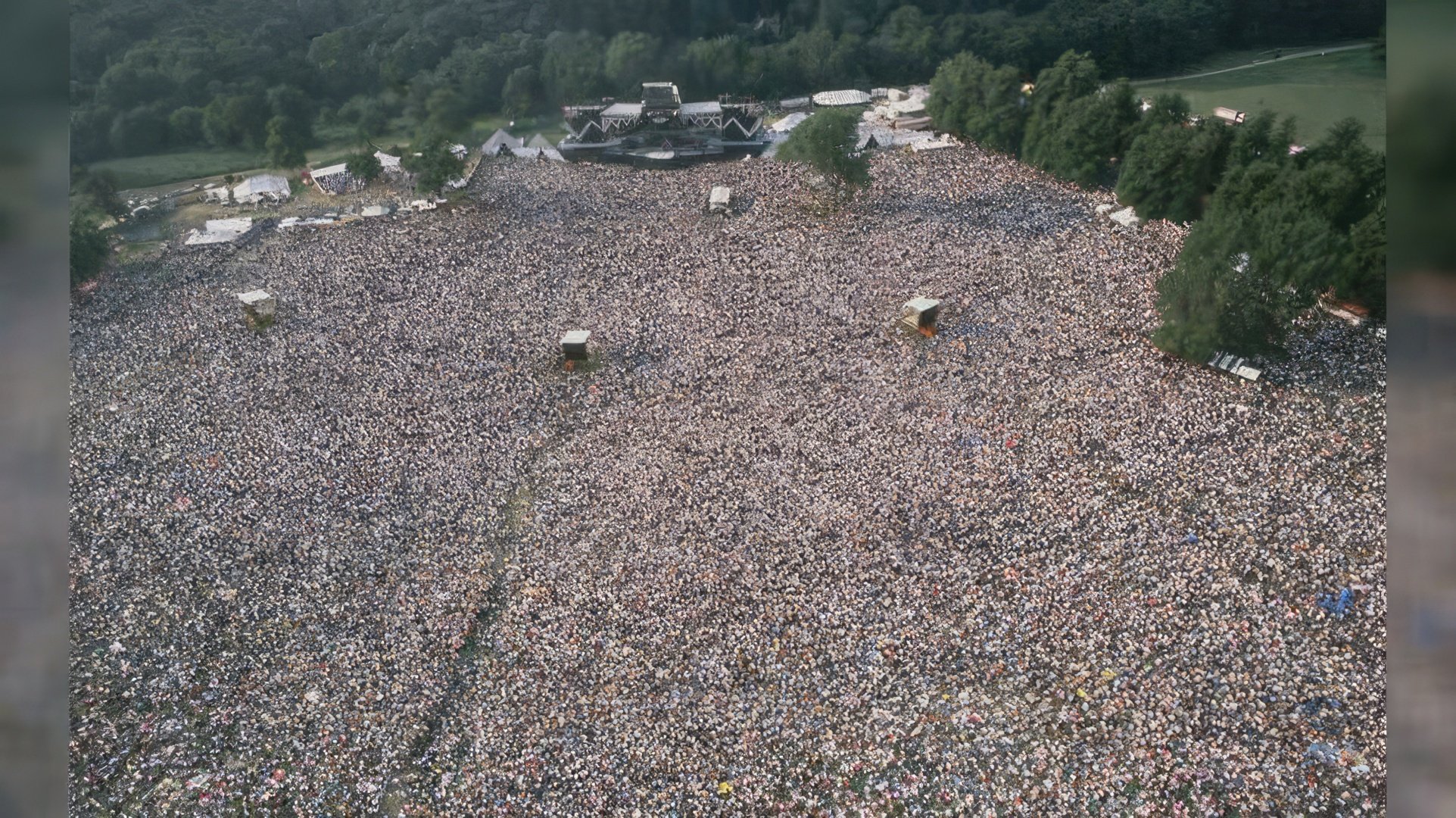
After leaving Queen, Freddie Mercury began his solo career. In the five years his illness gave him, he managed to record two solo albums: "Mr. Bad Guy" in 1985 and "Barcelona" in 1988. The title song of the second album was written in honor of Montserrat Caballé. In October 1988, he performed with the opera diva, absolutely thrilled by the opportunity.
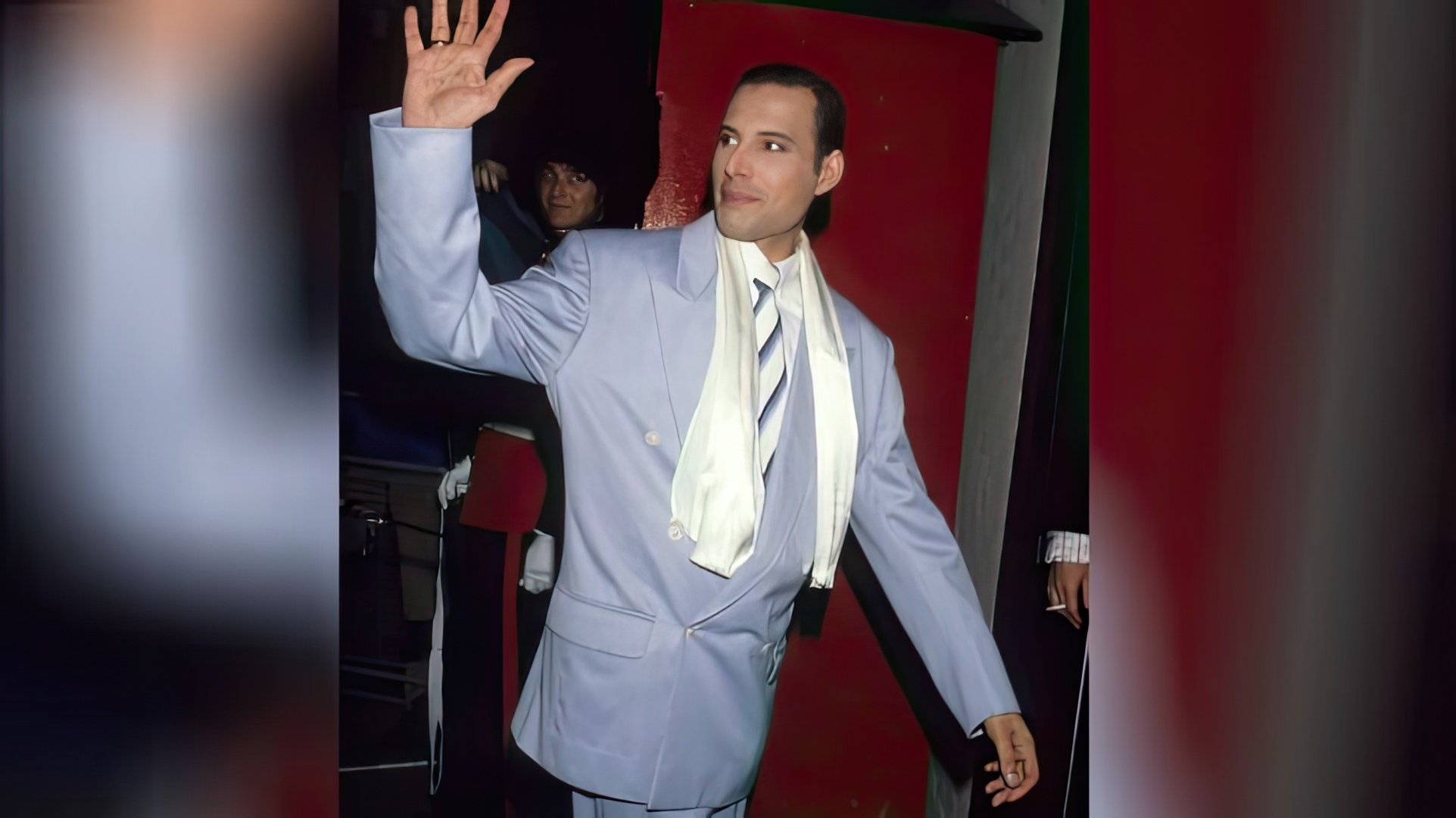
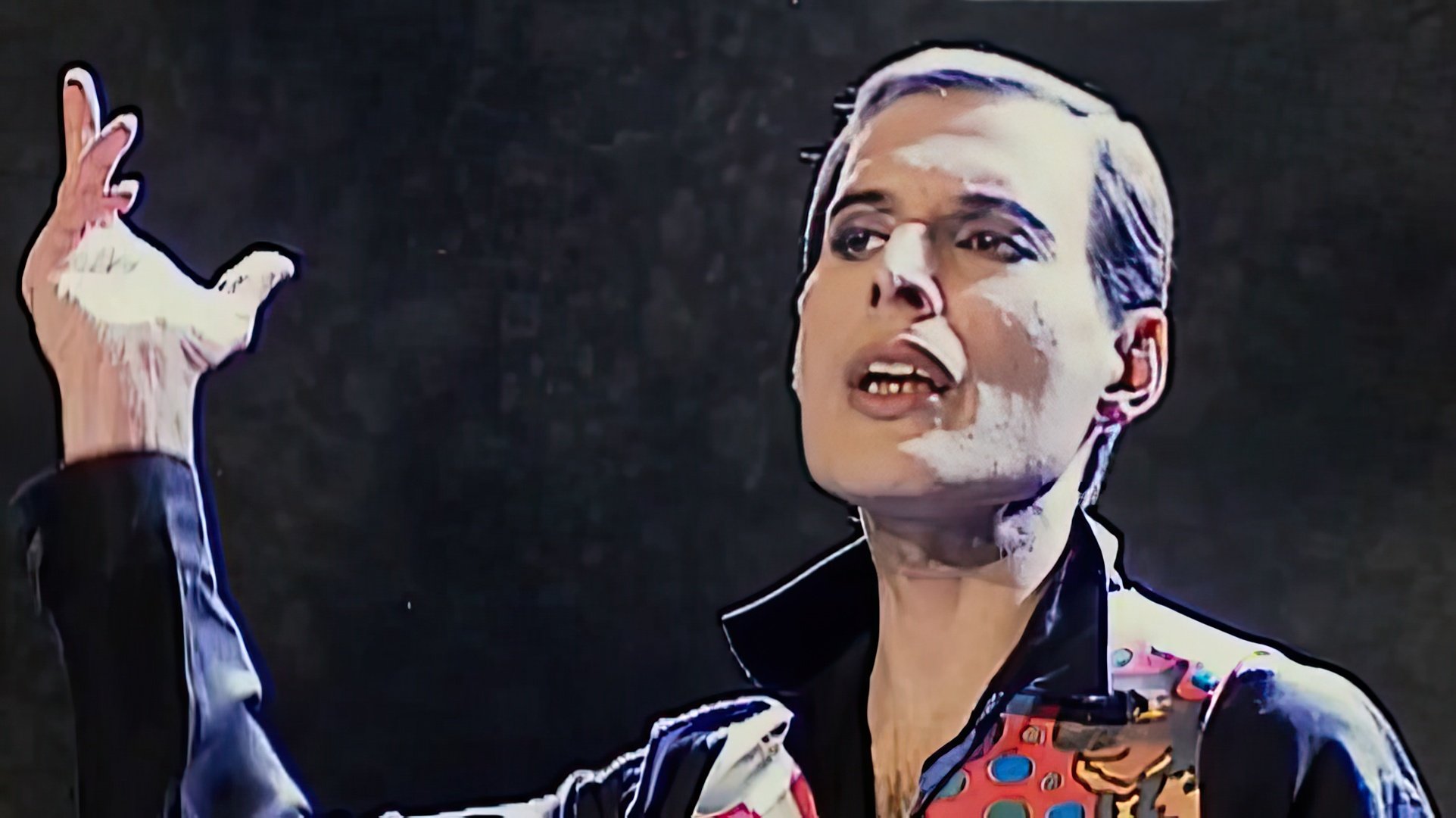
Death
On August 18, 1990, Freddie broke the devastating news to his family. Sitting with his sister and her husband, he delivered the heartbreaking words: "My dear Kash, you must understand one thing: my illness is incurable. I'm going to die." She looked at his legs, covered in sores, and understood everything.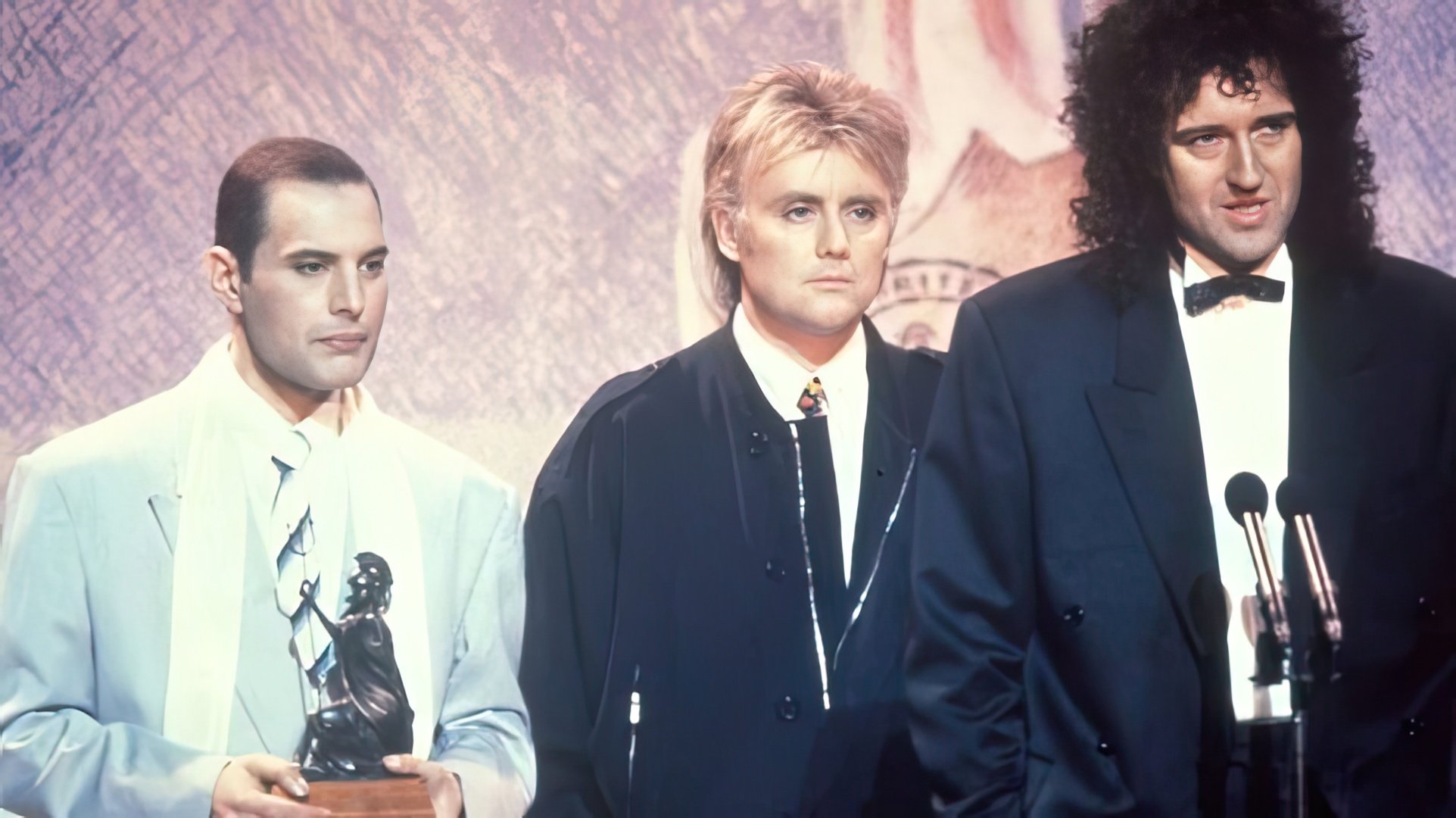
Mercury's body was cremated, and true to his wishes, only Mary Austin and his family knew where his ashes were laid to rest. Fans later discovered the location – Kensal Green Cemetery in London.
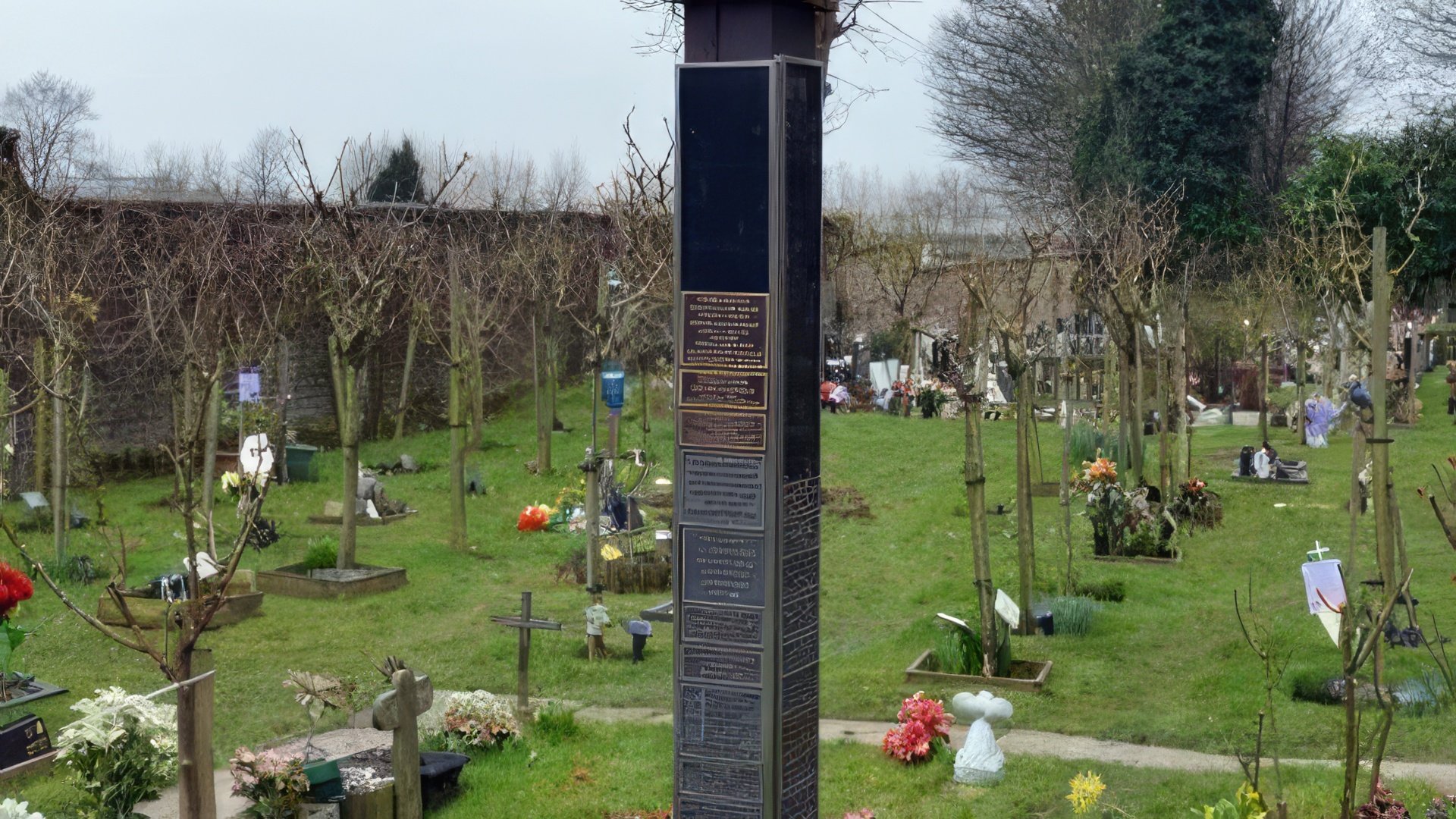
Legacy
Mercury's unreleased songs found their way onto the album "Made in Heaven" (1995). In one of his final acts of generosity, Mercury requested that proceeds from the "Bohemian Rhapsody" re-release go to the Terrence Higgins Trust, an organization fighting AIDS.
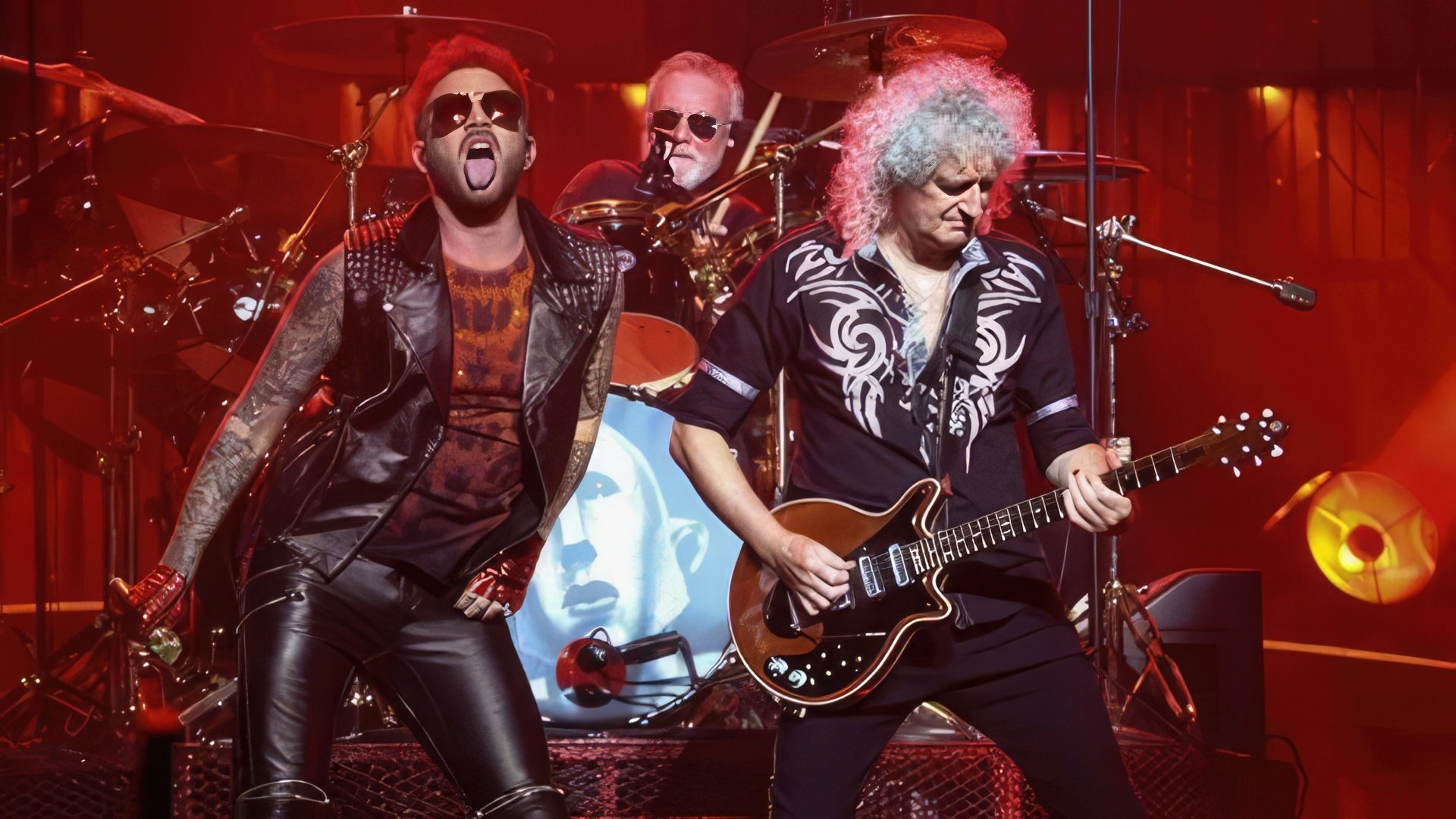
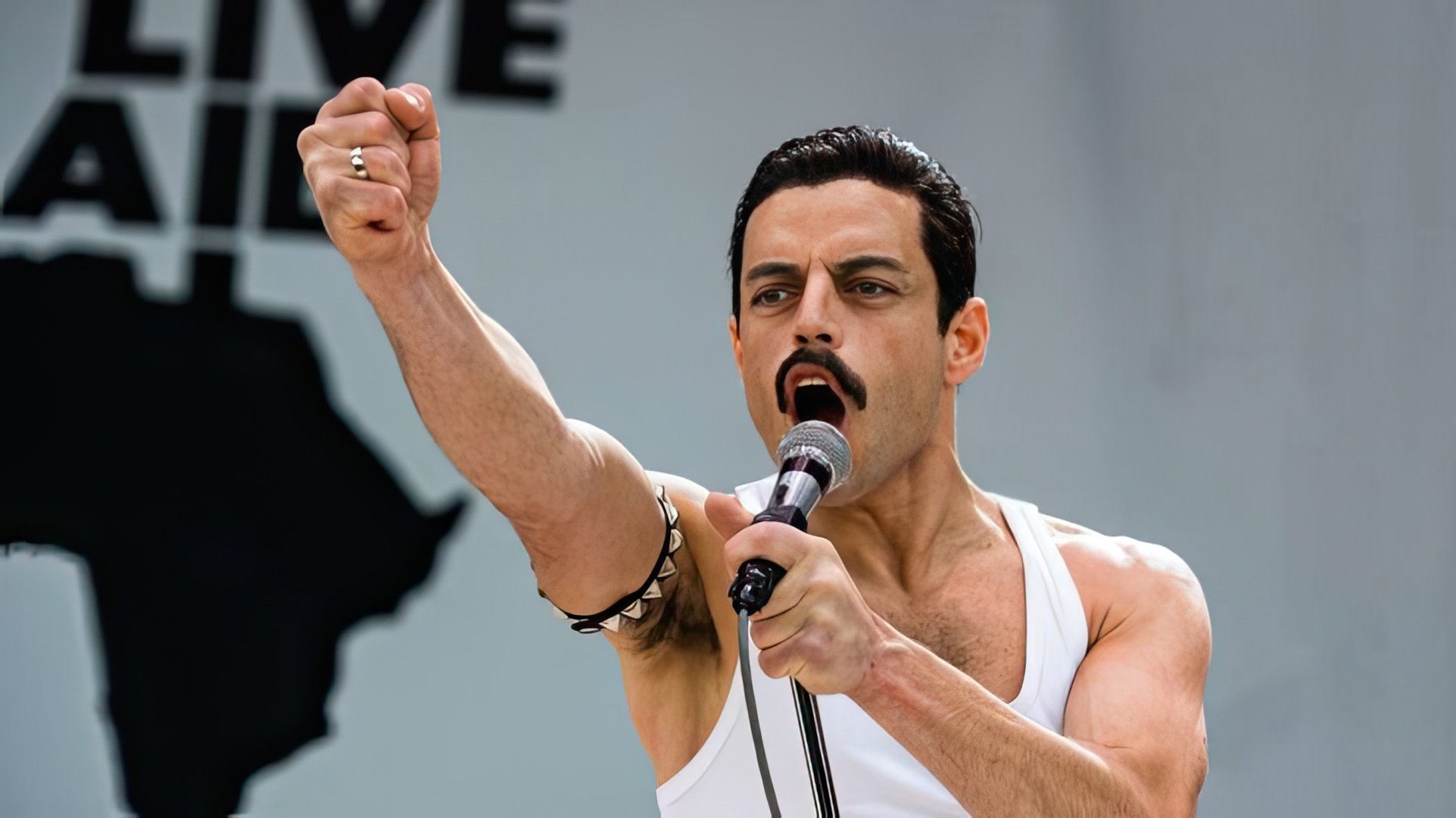





-
Scott Barnett
2021-05-04 16:12:26
-
Richard Hayes
2021-04-30 21:25:11
-
Christopher Cobb
2021-04-17 23:59:28
-
Matthew Adrian Hughes
2021-04-01 15:10:24
-
Terry Carter
2021-03-24 14:49:16
5